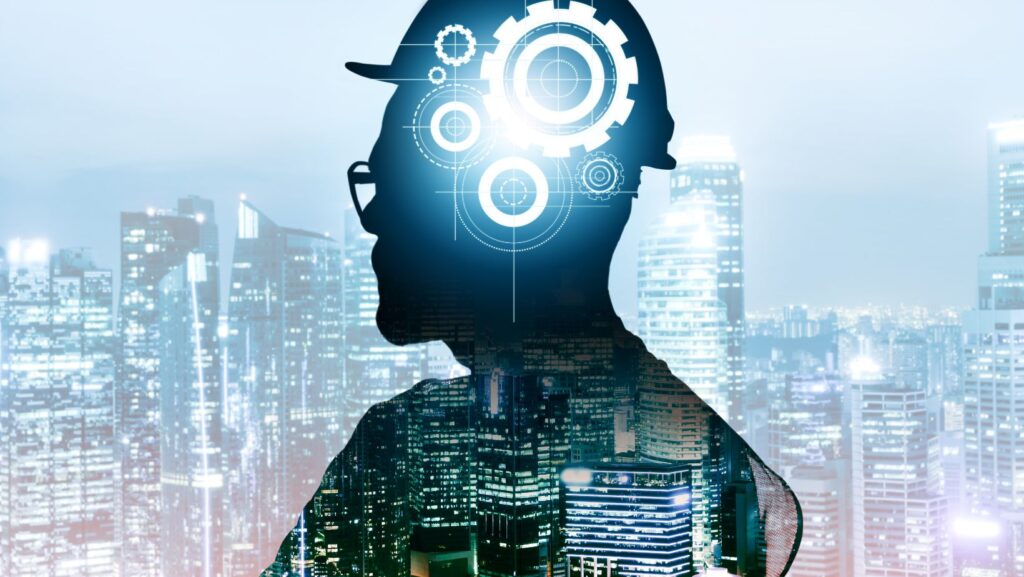In the dynamic landscape of the 21st century, emerging technologies are reshaping the world as we know it. From AI-powered robots to advanced green building materials, the construction industry isn’t left behind in this technological revolution. It’s a brave new world where buildings aren’t just structures, but smart, sustainable entities that interact with their environment.
This article delves into the fascinating world of emerging technologies in building construction. We’ll explore how these innovations are transforming the way we design, build, and experience our built environment. Whether you’re an industry professional or just curious about the future of construction, this piece promises to be an enlightening journey into what’s possible when technology and architecture converge.
Understanding Emerging Technologies Building
Emerging Technologies Building refers to employing innovative technologies to create efficient, sustainable, and eco-friendly buildings. As a concept, it signifies the arrival of a new era in the construction industry—an age of smart, energy-efficient, and environmentally friendly structures. The significance lies in its potential to transform the building process, from planning to execution, while addressing concerns around energy use, waste generation, and environmental impact. It’s paving the way towards sustainable societies, with smarter, more efficient cityscapes.

These trends, propelled by emerging technologies, are pushing the boundaries, transforming the way we understand and approach building construction. As we delve deeper into understanding emerging technologies, let’s bear in mind, it’s more than just technology; it’s about creating sustainable future spaces. Stay tuned for more insights.
Emerging Technologies Building
Artificial Intelligence (AI) stands as a pivotal element in the realm of emerging technologies building. This section elaborates on how AI, through its applications and predictive algorithms, invigorates building and management in the construction industry.
AI Application in Construction
Venturing into construction, AI introduces transformative practices. Automating labor-demanding processes, AI advances safety measures, reducing risks associated with human error. For instance, automated drones can perform surveillance of large construction sites, pinpointing potential hazards and improving safety protocols on the ground.  Machine learning, a subset of AI, offers smart solutions for resource management.
Machine learning, a subset of AI, offers smart solutions for resource management.
In instances like predicting construction material needs, machine learning algorithms analyze past construction data, minimizing waste and promoting efficiency. Given such versatility, AI proves indispensable in the sophisticated and multifaceted processes involved in emerging technologies building.
Predictive Algorithms and Building Management
Shaping the future of building management, AI seizes a key role. Predictive algorithms, powered by AI, enable an in-depth analysis of structural health, flagging anomalies in real-time. In other words, using AI, it’s feasible to predict potential structural failures in their nascent stages, ensuring swift remedial actions.
Hence, in the realm of emerging technologies building, AI’s role is undisputed — as a catalyst and a game-changer. Its contributions span from streamlining administrative tasks to enabling smart, eco-conscious building management. Be it through applications in construction or predictive algorithms in building management, AI’s arena in the industry continues to expand.
Future of Emerging Technologies in Building
Innovation in emerging technologies building shapes the future. Innovations in Biotechnology, for example, are paving the way for the creation of resource-efficient bio-concrete and bio-plastics. This alignment with nature yields materials that can self-heal minor cracks or consume CO2, improving a building’s sustainability. Wearable tech is also promising. For instance, construction clothing and safety wearables equipped with sensors could help monitor the immediate safety of workers by detecting movements, temperatures, air quality, and instantly alarming or even mobilizing emergency responses.

The advent of smart contracts is automating building management, increasing efficiency and reducing errors. Future innovations like biotechnology for sustainable materials and wearable tech for worker safety are on the horizon. But it’s crucial to address challenges such as data privacy and security for these advancements to reach their full potential. The industry needs to invest in cybersecurity measures, digital skill development, and standardization. The future of the construction industry lies in successfully integrating these technologies, thereby paving the way for smart and sustainable buildings.


